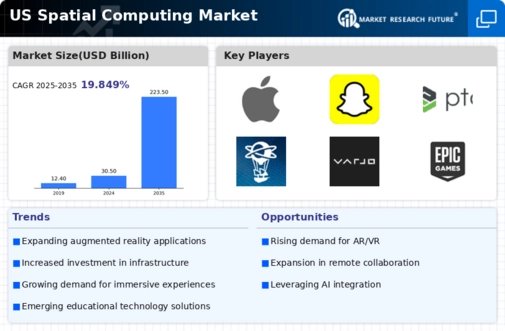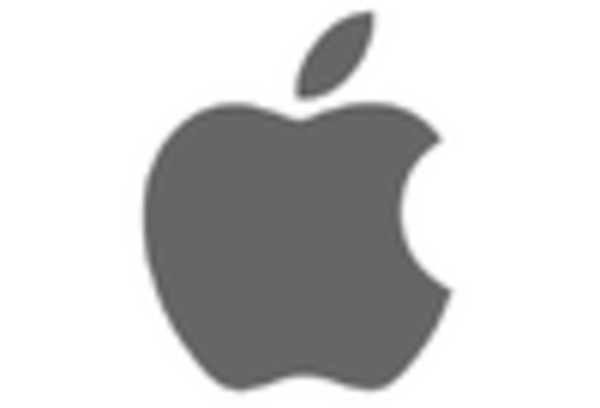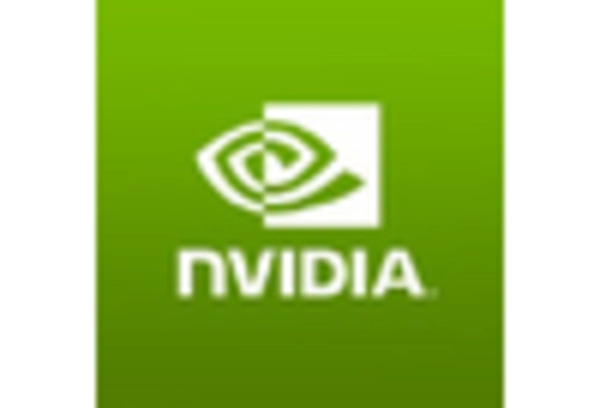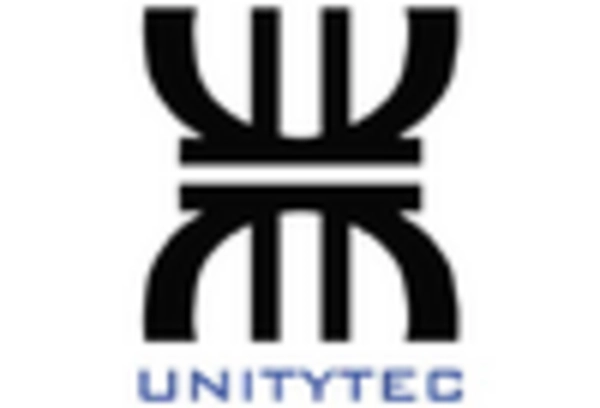Growing Interest in Smart Cities
The growing interest in smart cities is significantly impacting the spatial computing market. As urban areas increasingly adopt smart technologies, the demand for spatial computing solutions to manage and analyze urban data is rising. Spatial computing can facilitate better urban planning, traffic management, and public safety initiatives. For example, cities are utilizing spatial computing to visualize infrastructure and optimize resource allocation. The market for smart city technologies is projected to reach $1 trillion by 2025, indicating a substantial opportunity for spatial computing applications. This trend suggests that as cities evolve into smart environments, the spatial computing market will likely expand in tandem, driven by the need for innovative solutions to urban challenges.
Integration of Artificial Intelligence
The integration of artificial intelligence (AI) into spatial computing applications is emerging as a pivotal driver for the market. AI technologies enhance the capabilities of spatial computing by enabling real-time data processing and intelligent decision-making. For example, AI algorithms can analyze user interactions within spatial environments, allowing for personalized experiences. This integration is particularly beneficial in sectors such as real estate and urban planning, where spatial computing can visualize complex data sets. The spatial computing market is projected to grow to $50 billion by 2026, with AI playing a significant role in this expansion. As businesses increasingly recognize the value of AI-enhanced spatial computing, the market is likely to experience accelerated growth.
Technological Advancements in Hardware
The spatial computing market is experiencing a surge in technological advancements in hardware, which is crucial for enhancing user experiences. Innovations in graphics processing units (GPUs) and augmented reality (AR) headsets are driving this growth. For instance, the introduction of lightweight, high-performance AR devices is making spatial computing more accessible to various industries. The market for AR headsets alone is projected to reach $30 billion by 2025, indicating a robust demand. These advancements not only improve the functionality of spatial computing applications but also expand their usability across sectors such as retail, manufacturing, and entertainment. As hardware continues to evolve, it is likely to further stimulate the spatial computing market, enabling more immersive and interactive experiences.
Rising Demand for Enhanced User Experiences
Consumer expectations for enhanced user experiences are significantly influencing the spatial computing market. As users increasingly seek immersive and interactive environments, businesses are compelled to adopt spatial computing technologies to meet these demands. This trend is particularly evident in the retail sector, where spatial computing applications are being utilized to create engaging shopping experiences. According to recent data, 70% of consumers express a preference for brands that offer interactive experiences. This growing demand is prompting companies to invest in spatial computing solutions, thereby driving market growth. The spatial computing market is expected to witness a compound annual growth rate (CAGR) of 25% over the next five years, reflecting the urgency for businesses to innovate and enhance customer engagement.
Increased Investment in Research and Development
Investment in research and development (R&D) is a critical driver of the spatial computing market. Companies are allocating substantial resources to explore innovative applications and improve existing technologies. This focus on R&D is fostering collaboration between tech firms and academic institutions, leading to breakthroughs in spatial computing capabilities. For instance, recent investments have led to advancements in computer vision and machine learning, which are essential for the development of more sophisticated spatial computing applications. The spatial computing market is anticipated to benefit from these investments, with R&D spending expected to increase by 15% annually. This trend underscores the commitment of industry players to push the boundaries of spatial computing technology.
















